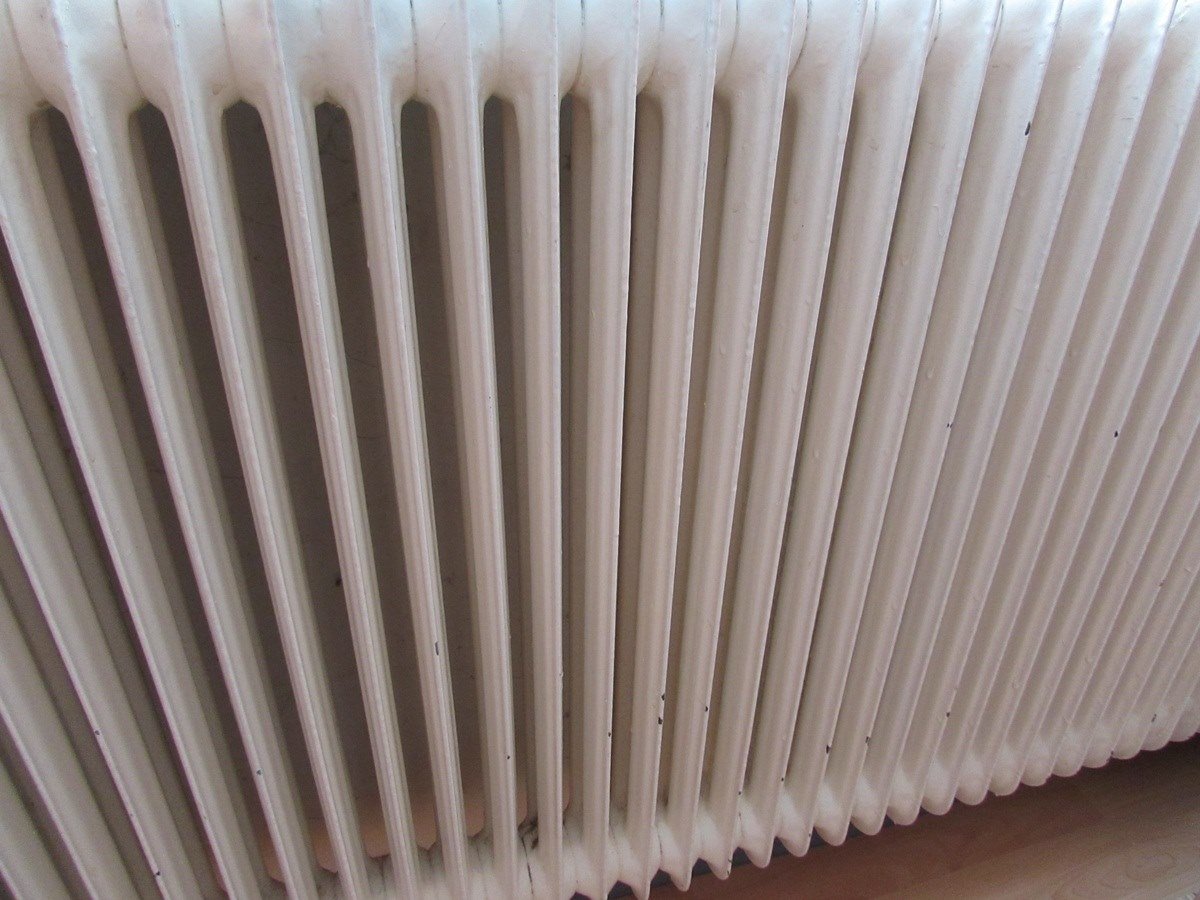Table of Contents Show
Did you know that less than 42% of single-family homes in the United States have a fireplace?

This number keeps declining, but as energy prices increase, people are looking for more affordable solutions.
If you want to make the most of your money while keeping the house cozy, you should know about the various heating methods. Continue reading to discover the most common home heating solutions so you can invest in the right kind!
Furnace
One of the most common home heating solutions is a furnace, which works through a series of air ducts.
Air-conditioned homes typically have a furnace and are found in areas with cold and hot temperatures. Northern states often require a furnace to handle the extreme cold temps and prevent the house from freezing. This system uses forced air and runs on natural gas, electricity, and propane.
If you’re interested in furnaces, you must understand the risks they pose. Gas furnaces are not recommended, for example, since they can increase the odds of a house fire.
Another reason to choose electricity is that you won’t be as likely to experience carbon monoxide poisoning or explosions. Always follow maintenance instructions according to the style of furnace you purchase.
Heat Pump
Innovative tech is directing its research on improving home heating. Heat pumps are the latest way of heating homes and they are often compared to air conditioners. An indoor air handler extracts heat from the air and delivers it through your home through a series of wall units. Heat pumps can also be called ductless heating systems or mini-split systems.
If you want heat energy that comes from electricity or natural gas, this is a great option. You don’t have to tear apart your home to create an air duct system and can have more control over temperatures.
The downside to heat pumps is they aren’t as efficient in frigid climates. Northern states should look at other options before investing in heating pumps.
Read Also:
Boiler
If you bought an old home, you might be wondering if a boiler is the best option. Older homes often use boilers and radiator systems to distribute heat throughout the rooms. The boiler system creates steam and circulates hot water through the pipes around your home. This method works great on smaller homes or if you want to target specific areas.
Since boilers use steam to heat your home, there are some benefits. You don’t have to worry about fires and carbon monoxide poisoning. Instead, you’ll benefit from the extra moisture and your skin won’t dry out.
You can run boilers on biodiesel, electricity, and gas. Some versions are compatible with propane, and fuel oil as well! This is an eco-friendlier choice for heating your home but it isn’t always efficient.
Fireplace
A wonderful and reliable way to heat your home is with a fireplace. Fireplaces are more eco-friendly since they use renewable resources as energy. A large fireplace with proper ventilation and piping can heat your entire home and produce a pleasant aroma. The best part about this option is that on rainy days, you can cheer the kids up by roasting marshmallows!
Although there are many benefits to fireplaces, there’s a reason they are on the decline. Not only do they reduce moisture in your home, but they increase your risk for fires and need constant tending.
If you don’t want to deal with tending to a fire, you can get an electric fireplace. People living in this area can get help with installation and get heating through propane. With the flip of a switch, you can enjoy the view of a fireplace without the hassle.
Baseboard Heater
Do you rarely use air conditioning but rely on heat throughout the year? Certain northern and coastal areas can benefit from getting baseboard heaters. Since this heating system can’t be combined with air conditioning, it doesn’t make sense if you need both. There are a few reasons to consider this option though.
Baseboard heaters (hydronic systems) are similar to radiant heat but are more modern and efficient. Hot water circulates through water pipes going around your home, they are placed just above the ground on the baseboard, hence its name.
Fuel options for baseboard heaters include natural gas, electricity, fuel oil, and propane. If you have children or pets in your home, you’ll have to monitor them to make sure they don’t get burnt. You can cover baseboard heaters to help control airflow and protect family members.
Active Solar Heating
Going green can be difficult when you live in a cold climate, but solar energy is making it possible.
If you are off the grid or want to be more sustainable, you should use solar energy to produce heating for your home. This is a great way to help the environment, but they require help from other radiant heating units. Boilers and heat pumps use the liquid heated up from solar energy and distribute them through pipes and panels.
This is a good option for transitioning to going fully green. Before you get rid of the old heating system in your house, see if it’s compatible with this option. You can save money on utility bills if you don’t have to rely on gas or electricity as much.
Handle Your Home Heating Needs
If you want to stay warm this winter, you need to address your home heating needs now.
Snow and ice will quickly be making their way into the forecast. Consider your home and budget to determine the best home heating methods for your family. Whether you want to enjoy a nice fire or have instant heat, you can stay warm.
Don’t forget to verify that your home has proper ventilation and permits. Overlooking these details could put your family at risk. Make sure you check out our blog for more content about heating a home and managing utilities!









